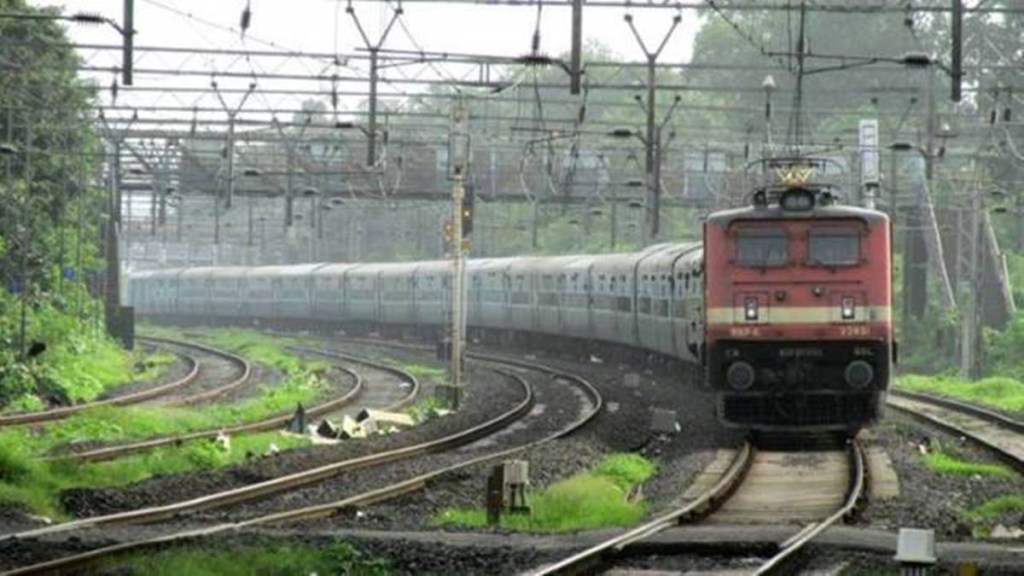The Railway Board has launched new standardised training guidelines for station masters, train inspectors, train managers (formerly known as guards), and pointsmen working within the Automatic Block System. The initiative has been taken to bring uniformity in all 17 railway zones in India. The guidelines were issued on August 16 and the workshop will provide consistent training to the employees in automatic signaling.
Training camp to be organized given Kanchanjunga Express Tragedy
The decision to standardize training follows the tragic Kanchanjunga Express accident in which the major reason for the mishap was identified as inconsistencies in railway rules and training across various zones. The incident happened when a goods train smashed into a stationary Sealdah Kanchanjunga Express in West Bengal’s Darjeeling district. Ten people including the loco pilot of the goods train lost their lives in the accident.
All about the training modules for Railway Staff
As per new guidelines, specific training modules which will include Periodical and Newly Commissioned Section training for station masters and pointsmen have been proposed. Once in six months, a one-day orientation course will be imparted and the main focus will be on the Automatic Block System. To get a competency certificate, the station master will have to undergo two days of training. The certificate can be obtained during the commissioning of the new automatic signaling sections.
Railway Board’s adherence to unified standards
The Railway Board is also working to unify operational norms under the Automatic Block System. Railway Minister Ashwini Vaishnaw has underlined that steps are undertaken to bring uniformity in the subsidiary rules (SR) over all 17 railway zones. The decision was announced because of the Commissioner of Railway Safety’s Report which indicated fault in the norms which led to the Kanchanjunga Express accident.
Difference between Automatic & Absolute Block Systems
The Indian Railways operates on two main systems-The Automatic Block System and the Absolute Block system. In the Automatic Block System, trains are operated based on automatically-regulated signals. Under this system, multiple trains run on the same track between two stations. On the contrary, in the case of the Absolute Block System, only one train is allowed to travel between two stations at one time. Under this system, no other train is allowed to enter the section until the previous train has passed by.
(With PTI inputs)

